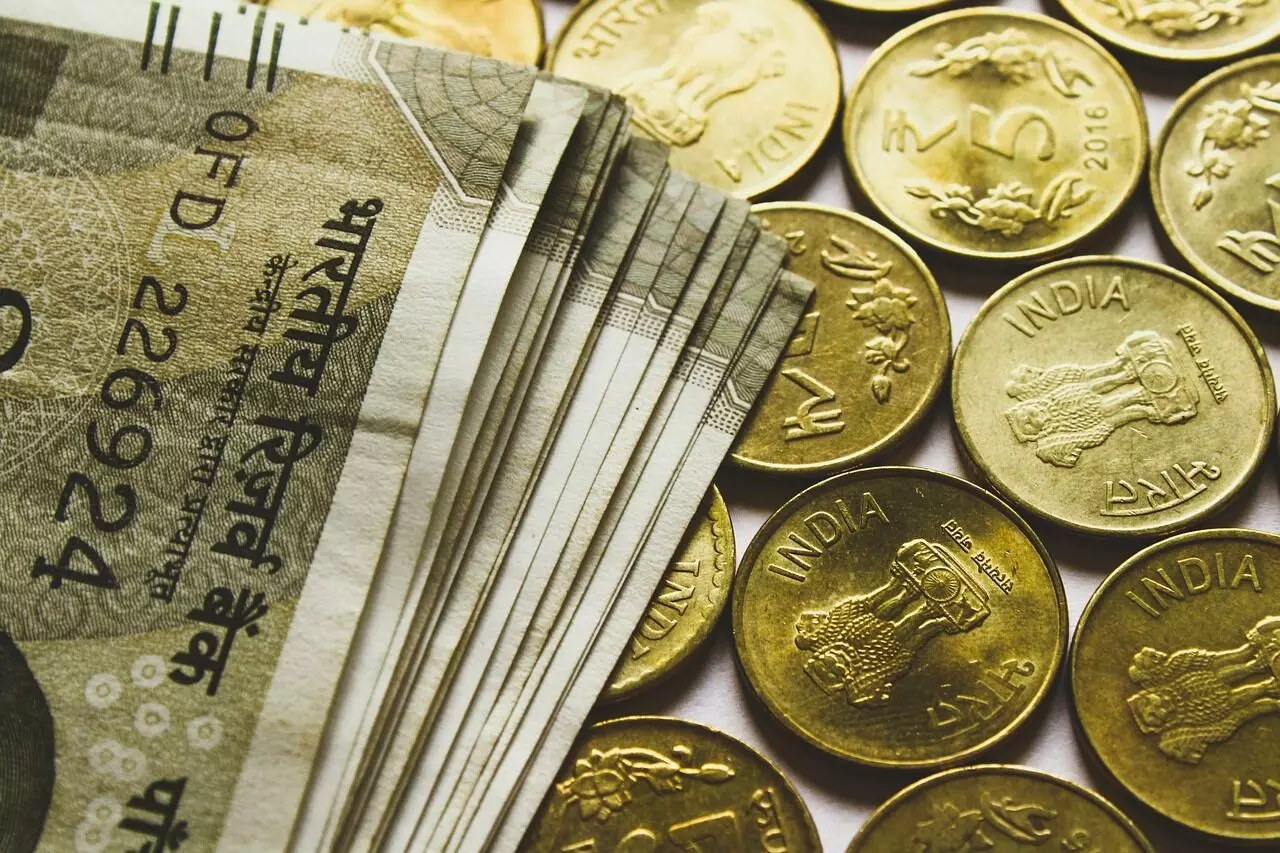A place in the sun

With the benchmark indices touching considerable highs and foreign inflows continuing unhindered, the Indian rupee rose 33 paise to touch 81.77 against the US dollar on Monday. More significantly, the country seems to be outperforming its Asian peers with a significant margin. While increased foreign inflows and strengthening of domestic equities are triggering the growth of the Indian currency, credit should essentially be given to the firm macroeconomic fundamentals and Reserve Bank of India’s (RBI’s) meaningful interventions. The continuous uptick in India’s GST collections in recent months has created a favourable condition for the Indian rupee by ensuring macroeconomic stability. As per a recent communication by the finance ministry, in June, GST collections increased by 12 per cent to reach Rs 1.61 lakh crore — crossing the Rs 1.60 lakh crore mark for the fourth time since the rollout of the indirect tax regime. This rise in GST revenue collection is not triggered by a fluke. In fact, the average monthly GST collections for the first quarter of the latest three years has been on a significant upward slope. Apart from the rise in GST collections, the increasing inflow by Foreign portfolio investors (FPIs) is also a testament to the country’s robust macroeconomic fundamentals. Foreign portfolio investors have pumped a 10-month high of Rs 47,148 crore in equities in June. Notably, this is the fourth consecutive month where FPIs have ended up as net buyers in domestic stocks. Then we have the well-calculated moves of the Reserve Bank of India that have balanced the liquidity and kept inflation largely in check. Notably, the surge in the value of the Indian rupee has come despite the strengthening of the US dollar. On Monday, the dollar index rose by 0.05 per cent to reach a value of 102.96 — indicating the relative strengthening of the greenback. The dollar index, it may be recalled, is a tool used to assess the overall strength of the US dollar in comparison to other major currencies — the euro, Japanese yen, British pound, Canadian dollar, Swedish krona, and Swiss franc. It can also be noted that the 2-year US yield climbed to 4.96 per cent during trading in Asia, reaching its highest level since March. The term ‘US yield’ refers to the yield or interest rate on US government bonds. The increase in US yields indicates higher returns on these bonds and can attract investors seeking higher yields. The Asian markets in general, and Indian markets in particular, remained unaffected by the rise in US yields. This bears testimony to the resilience of these markets vis-à-vis the US markets. For a clearer picture of resilience, the Financial Express reported that spot USDINR has been consolidating between 81.50 to 83 in the past eight months, but with the price range narrowing over the past couple of weeks, there has been an indication of directional move towards 81.50. This trend in the spot exchange rate between the US dollar (USD) and the Indian rupee (INR), referred to as USDINR, implies that the Indian rupee may strengthen against the US dollar, leading to a decrease in the exchange rate. However, it is also important to note how this situation is being leveraged currently. Going against the expectations of spot FX traders, the RBI, following the initial up move, decided to allow purchasing of dollars by public sector banks — offsetting a significant portion of the value gained. This gives an impression that instead of eying for a greater recovery of the Indian rupee against the US dollar, the Central bank chose to fulfil other demands or requirements. Overall, it may be said that the present situation provides a wonderful opportunity to compete for investments at the global stage as India outperforms its Asian peers like Indonesia in terms of monetary outlook. The RBI should take a balanced approach to ensure that the country makes the most out of this opportunity.



